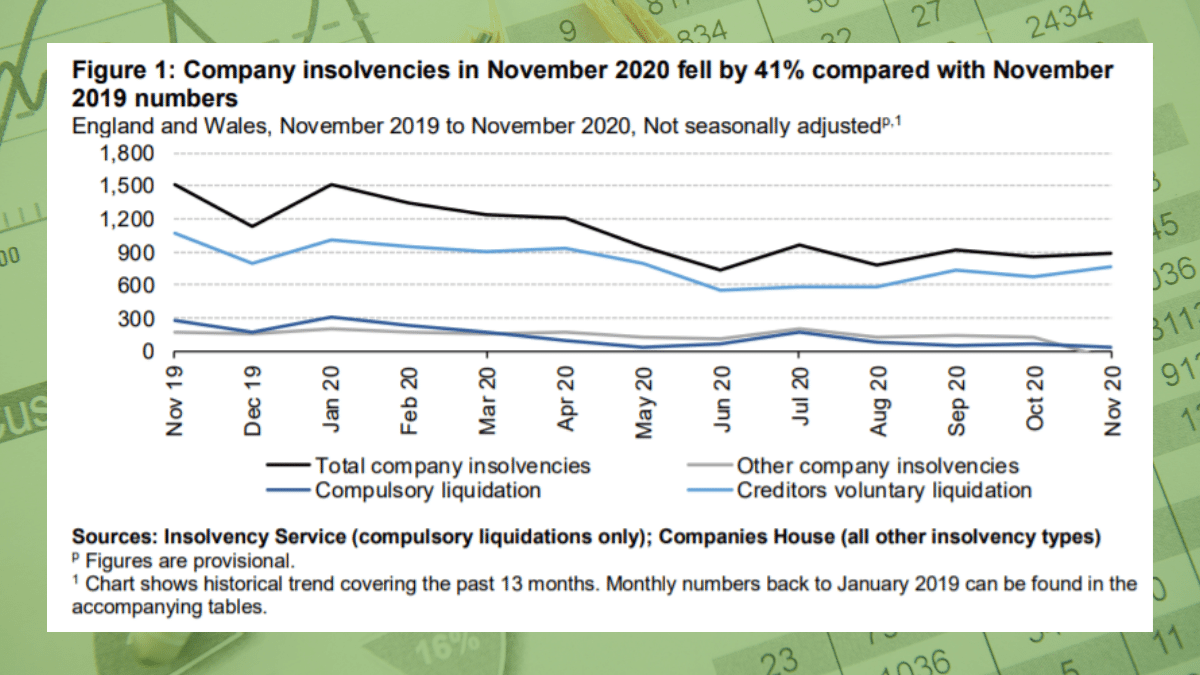Unknown Facts About Insolvency Practitioner
Unknown Facts About Insolvency Practitioner
Blog Article
Getting The Insolvency Practitioner To Work
Table of ContentsInsolvency Practitioner Things To Know Before You BuyExcitement About Insolvency PractitionerFascination About Insolvency PractitionerThe 7-Minute Rule for Insolvency PractitionerInsolvency Practitioner for DummiesHow Insolvency Practitioner can Save You Time, Stress, and Money.Excitement About Insolvency Practitioner
Insurance policy is kept track of and regulated by state insurance coverage departments, and among their key goals is shielding insurance holders from the risk of a company in financial distress. When a firm goes into a period of monetary trouble and is not able to satisfy its obligations, the insurance commissioner in the company's home state initiates a processdictated by the legislations of the statewhereby initiatives are made to aid the firm regain its economic ground.If it is established that the firm can not be fixed up, the company is proclaimed bankrupt, and the commissioner will certainly ask the state court to purchase the liquidation of the firm. The insurance coverage commissioner, either designated by the governor or elected, heads the state insurance policy division and screens and controls insurance coverage task within the state.

By acquiring control of a firm, the commissioner (or the insurance coverage division) is, by regulation, the rehabilitator or liquidator of the firm. In this capability, the commissioner or division takes control of the business's operations. Rather than do so directly, the commissioner might preserve a special deputy receiver to manage the company's tasks.
The Insolvency Practitioner Ideas
The receiver oversees an audit of the company's properties and liabilities and provides the estate of the business. In doing so, the receiver looks for to optimize the firm's properties, transfer them to cash, and after that disperse that money to financial institutions having valid claims versus the insurer based on repayment top priorities defined by state legislation (in all states, policyholders are concern plaintiffs whose claims are paid before those of general financial institutions).
All insurance policy firms (with minimal exemptions) certified to sell life or health and wellness insurance policy or annuities in a state must be participants of that state's warranty association. The guaranty association coordinates with the commissioner and the receiver in pre-liquidation planning. Once the liquidation is gotten, the guaranty association provides coverage to the business's insurance holders who are state homeowners (approximately the degrees specified by state lawssee listed below; any type of benefit quantities over the guaranty asociation benefit degrees come to be cases versus the company's staying possessions).
The above insurance coverage levels use individually for each financially troubled insurance provider. When an insurance firm falls short and there is a shortage of funds needed to satisfy the commitments to insurance holders, state warranty associations are activated. Guaranty associations have subrogation legal rights to a proportional share of the possessions continuing to be in the fallen short insurance provider.
The Best Guide To Insolvency Practitioner
Second, insurance companies doing business in that state are analyzed a share of the amount required to satisfy the part of the warranty associations' protected insurance claims not otherwise funded with estate assets. The amount insurers are analyzed is based on the quantity of premiums that they collect in that state. The National Organization of Life and Health Insurance Policy Guaranty Associations (NOLHGA) is made up of the life and health insurance try this out policy warranty associations of all 50 states and the District of Columbia.
NOLHGA develops a job pressure of depictive guaranty associations to collaborate with the insurance coverage commissioner to develop a plan to protect insurance policy holders. To find out more on NOLHGA's duty while doing so, see "What Is NOLHGA?" and "The Security Web at the workplace." [Back]
You are right here: Insolvency is when a company or individual can not pay debts when they schedule. There are several alternatives readily these details available to an insolvent firm or person: ASIC manages business, it does not take care of personal bankruptcy treatments. For additional information about bankruptcy and individual insolvency arrangements, go to the Australian Financial Safety and security Authority website.
Facts About Insolvency Practitioner Revealed
Anticipating defense by aiding you choose the best clients and the right markets to stay clear of uncollectable loan to begin with, thanks to severe economic evaluation (Insolvency Practitioner). In-depth market knowledge, offering you with 360-degree exposure on organization industries and foreshadowing difficulties. It would be a simplification to believe a profession debt insurance policy starts and finishes with costs and pay-outs
This can occur for a variety of factors, consisting of bad financial monitoring, unforeseen expenses, or a modification on the market. If a company is financially troubled, it may be forced to fold or sell off properties to pay financial institutions. This can have a major influence on the service, staff members, and shareholders.
Insolvency Practitioner Can Be Fun For Anyone
Why does a company get in right into insolvency? There are a number of factors why a company might enter into insolvency.

Get This Report about Insolvency Practitioner
This can have serious ramifications for the business, anonymous its stakeholders, lenders and the economic situation. The company may be compelled to market assets, lay off personnel and even shut down. This can have a knock-on impact on the local community and the economy overall. Lenders might be neglected of pocket and the firm's shareholders might see their investment disappear.
This can take place for a number of reasons, consisting of inadequate financial administration, unanticipated prices, or an adjustment out there. If a business is bankrupt, it might be required to close down or market off properties to pay creditors. This can have a significant effect on business, workers, and shareholders.
The smart Trick of Insolvency Practitioner That Nobody is Talking About
Why does a business enter into bankruptcy? There are a number of factors why a company may enter into bankruptcy.
Various other reasons for bankruptcy include fraudulence, mismanagement, and unexpected costs. Bankruptcy can additionally lead to task losses and the closure of businesses.
The business may be forced to sell properties, lay off staff or also shut down. Creditors might be left out of pocket and the company's investors may see their financial investment go away.
Report this page